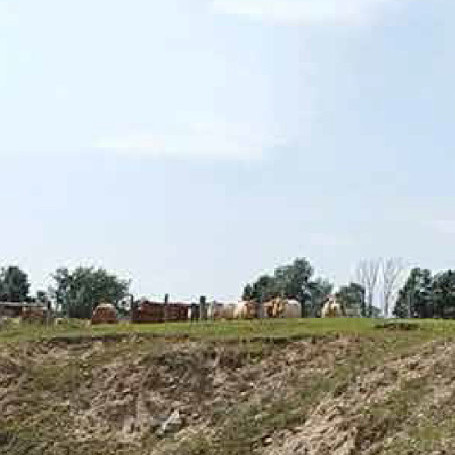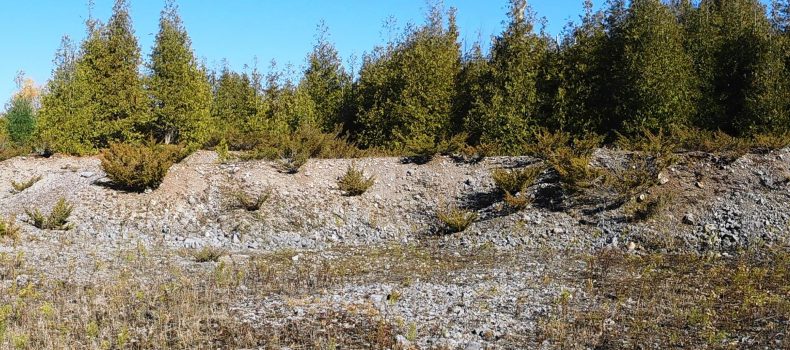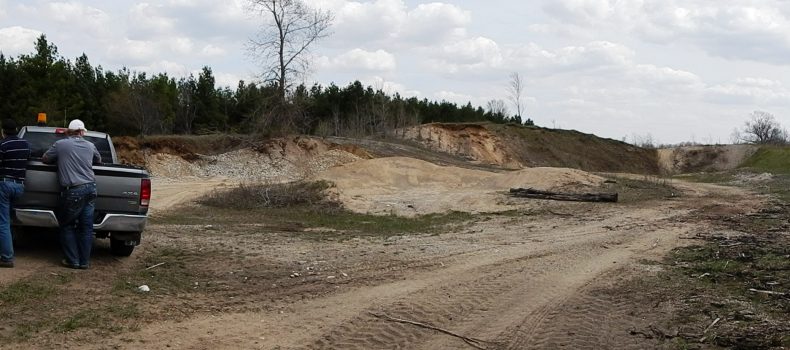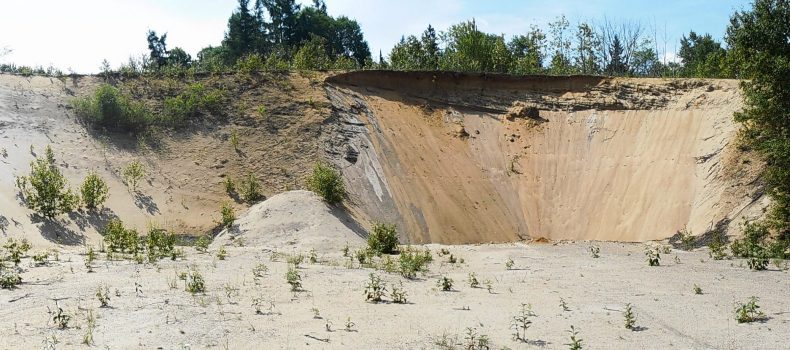LEGACY PITS & QUARRIES
REHABILITATE YOUR LAND
The Ontario Aggregate Resources Corporation (TOARC), through the Management of Abandoned Aggregate Properties (MAAP) program, rehabilitates former aggregate pits and quarries (deemed to be abandoned or legacy) in areas of Ontario that are designated (Designation Map) under the Aggregate Resources Act (ARA) in addition to conducting and funding rehabilitation research.
MAAP’s work is funded by the aggregate industry, paid for by producers, through a portion of the per tonne levy. The portion of for the MAAP program is approximately 3% of the fees collected.
Based on recent levels of extraction in Ontario, an approximate amount of $400,000 to $600,000 is made available on an annual basis for rehabilitation of legacy sites and research. Further years contribution to the MAAP program will be adjusted based on an inflation index.
The rehabilitation of any site can only be undertaken with the consent of the property owner and is paid for entirely from the 3% portion of the tonnage fee paid by aggregate producers. In short; at no cost to the property owner!
WHAT HAPPENS TO MY SITE IF IT IS A MAAP PROJECT?
Our goal is to work closely with you, the landowner(s) through the rehabilitation process. We will develop a rehabilitation plan specific to your site with your consultation, using aerial imagery, soil sampling, design programing, and best practices. We want to ensure that your site has the best chance at success.
Once the project is completed, our Rehabilitation Supervisor will ensure that all goals of the project were met. The MAAP team will do its best to set the project up for success and continued efforts from you will ensure the best outcome possible.
After completion, there are no requirements from the MAAP program, it is your land, only now, even better! We have created a brochure to help guide you to ensure the best outcome possible.
As a private landowner, you have intimate knowledge of your land, and you play a key role as caretaker of its valuable ecosystem. We encourage you to continue to care for your land in a way that preserves its environmental, economical, and cultural values, keeping it healthy for today and for the future.
HOW DO I QUALIFY?
Legacy pits and quarries may qualify for the MAAP program if they have been documented and located in designated areas under the Aggregate Resources Act (ARA) and never held a licence prior to December 31, 1989.
In order for the MAAP program to complete rehabilitation at a legacy site there needs to be an opportunity for a higher level of function (usefulness) over the prevailing condition of the site always having regard to eliminating safety concerns.
Someone left a pamphlet in my mailbox!
The MAAP program has information on legacy aggregate sites throughout Ontario. MAAP employees visit the legacy sites prior to the construction season to examine the state of the site and discuss rehabilitation opportunities with the landowner.
In many cases the legacy aggregate site does not require rehabilitation. In those circumstances, MAAP would still appreciate the opportunity to examine the site and update its database, this may be why someone came by your house.
If you are interested in our program please call our office toll free at 1-866-308-6272 or fill in a Landowner Acknowledgement Form (LAF) and return it to our office.
You may currently use the site as it is and would not like to participate in this program. That is no problem! We would appreciate you filling out the Landowner Not Interested (LNI) Form and we will update the file accordingly!
INVENTORIES AND SETTING PRIORITIES FOR MAAP SITES
MAAP created a systematic priority ranking system to evaluate legacy sites across Ontario. The inventories provide a clear record of the current conditions by documenting three key parameters (safety, environmental and aesthetics factors) to provide a composite overall ranking of ‘high’, ‘medium’ or ‘low’ priority. For instance, a high priority site could contain unstable slopes, deep water, and vertical cliffs with easy public access and
high visibility, triggering major safety concerns. Meanwhile, a medium priority site may lack vegetation, be susceptible to erosion, be inconsistent with the surrounding area, and are not as easily accessible to the public, and have less concern for public safety. The sites with higher priorities are approached first when organizing the annual MAAP program work schedule.
Once a legacy site has been flagged as a potential project and the landowner has signed our Landowner Acknowledgment Form the design process begins. The site is surveyed by hand or, depending on the size and complexity of the site, the data is collected using a drone. A site plan is then developed in-house and reviewed the landowner. If permits are required to do the work, MAAP pays for and submits the applications on behalf of the landowner. Once the landowner has signed off on the design, the project can be taken to tender, and the proposed work can be awarded to a qualified contractor. Plans are developed inline with a landowner wishes where practical and within reason and the capabilities of the site. For example, not all sites lend themselves to be returned to agriculture given the availability of topsoil or the degree to which the site has been naturalized. The importation of large quantities of topsoil may not be practical, possible or economically feasible and therefore other solutions may have to be considered.
The MAAP program aims to rehabilitate 30-40 sites annually. This objective is divided into a spring and fall work program.
To achieve better productivity, the spring and fall sites are targeted within as small a geographical area as possible (usually within a county or regional jurisdiction). By concentrating projects into two annual groupings for work purposes, travel time for staff and contractors is minimized and opportunities are created for tendering a number of small sites together. Counties and regions targeted for work are rotated on a semi-annual basis to ensure that all sectors of the Province are considered for rehabilitation work on as equitable a basis as possible.
To date, approximately $11,900,000 has been spent to reclaim/ rehabilitate over 880 ha of land, on 609 individual sites. All at no cost to the landowner! The cost to rehabilitate the average site has been just over $13,600/ha. This results in an average cost per site of under $20,000 given the average site size of 1.5 ha. In addition, approximately $2,152,000 has been allocated to research that seeks to find better ways and means to carry out rehabilitation with more creative and cost effective solutions.
30-40
sites
aimed to be rehabilitated annually by the MAAP program.
$11,900,000
approximately has been spent
to reclaim/rehabilitate over 880 ha of land, on 609 individual sites.
All at no cost to the landowner!
$13,600/ha
approximate cost to rehabilitate
the average site. This results in an average cost per site of under $20,000 given the average site size of 1.5 ha.
$2,152,000
Approximately spent to fund research
that seeks to improve the methods and
opportunities for aggregate rehabilitation.
